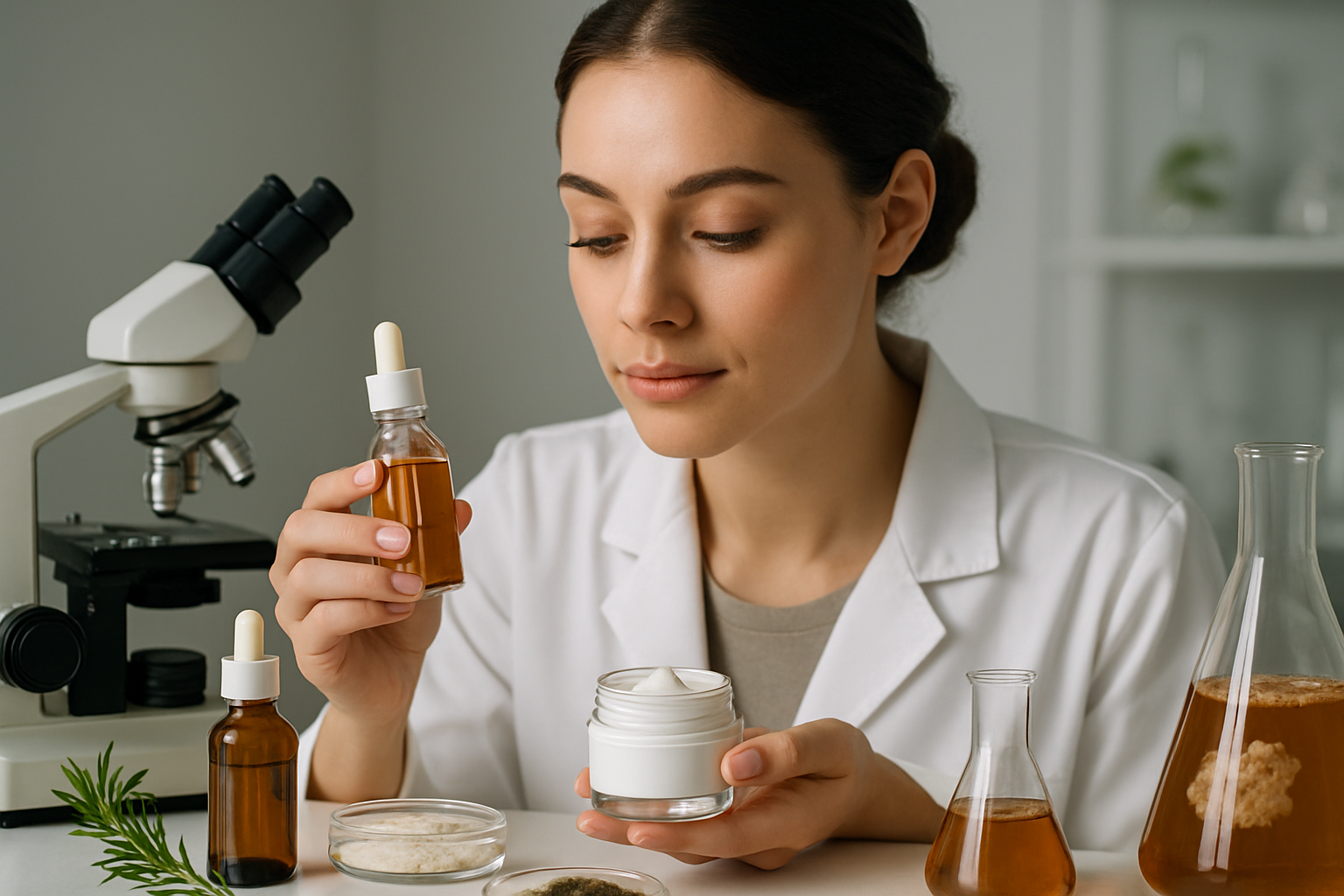The Art and Science of Cosmetic Formulation
The world of cosmetics is a fascinating blend of art and science, where creativity meets chemical precision. Cosmetic formulation, the process of developing beauty products, has evolved significantly over the years, driven by advances in technology, changing consumer preferences, and a growing understanding of skin biology. This intricate field requires a deep knowledge of ingredients, their interactions, and their effects on various skin types. From ancient Egyptians using kohl to enhance their eyes to modern-day laboratories creating cutting-edge serums, the journey of cosmetic formulation is a testament to human ingenuity and our eternal quest for beauty.

As civilizations advanced, so did the complexity of cosmetic formulations. The Middle Ages saw the rise of alchemists who experimented with various ingredients, laying the groundwork for modern cosmetic chemistry. By the Renaissance, cosmetics had become more refined, with the wealthy using lead-based face powders and rouge made from cochineal insects.
The Role of Chemistry in Modern Cosmetic Formulation
The 20th century marked a significant shift in cosmetic formulation, with the field becoming increasingly scientific. The emergence of synthetic ingredients and the application of chemical principles revolutionized the industry. Chemists began to understand the molecular structure of the skin and hair, allowing for the development of more effective and targeted products.
One of the most significant advancements was the creation of emulsions, which allowed for the stable mixing of oil and water-based ingredients. This breakthrough led to the development of modern moisturizers, foundations, and other leave-on products. The introduction of silicones in the 1950s further expanded the possibilities, offering new textures and improved product performance.
Key Ingredients in Contemporary Cosmetic Formulations
Today’s cosmetic formulations are complex blends of numerous ingredients, each serving a specific purpose. Some key components include:
-
Emollients: These ingredients, such as oils and butters, help soften and smooth the skin.
-
Humectants: Substances like glycerin and hyaluronic acid attract and retain moisture in the skin.
-
Preservatives: Essential for preventing microbial growth and extending product shelf life.
-
Active ingredients: These are the star performers, such as retinol for anti-aging or salicylic acid for acne treatment.
-
Emulsifiers: They allow oil and water-based ingredients to mix stably.
-
Thickeners and stabilizers: These ingredients help achieve the desired product consistency and stability.
The Rise of Clean and Natural Formulations
In recent years, there has been a significant shift towards “clean” and natural cosmetic formulations. This trend is driven by consumer demand for products perceived as safer and more environmentally friendly. Formulators are now challenged to create effective products using plant-based ingredients and avoiding certain synthetic chemicals.
This shift has led to innovations in green chemistry and the discovery of new natural active ingredients. For example, bakuchiol, a plant-derived compound, has gained popularity as a natural alternative to retinol. Similarly, fermented ingredients are being explored for their potential skin benefits and as natural preservative systems.
Challenges in Modern Cosmetic Formulation
Despite advancements, cosmetic formulators face numerous challenges. One of the biggest is creating stable, effective products that meet increasingly stringent regulatory requirements while also satisfying consumer demands for “clean” formulations. Balancing efficacy, safety, texture, and stability is a complex task, especially when working with natural ingredients that can be less predictable than their synthetic counterparts.
Another challenge is formulating for diverse skin types and tones. As the beauty industry becomes more inclusive, formulators must create products that work effectively for a wide range of skin colors and conditions. This requires a deep understanding of skin biology and pigmentation.
The Future of Cosmetic Formulation
The future of cosmetic formulation is likely to be shaped by several emerging trends and technologies. Personalization is becoming increasingly important, with companies using AI and machine learning to create custom formulations based on individual skin needs and preferences. Biotechnology is also playing a growing role, with the development of lab-grown ingredients that promise sustainability and consistency.
Sustainable formulation is another area of focus, with formulators exploring biodegradable ingredients and packaging solutions. There’s also growing interest in the skin microbiome, leading to the development of probiotic and prebiotic cosmetic formulations designed to support the skin’s natural ecosystem.
The Intersection of Science and Artistry
While cosmetic formulation is undoubtedly a scientific endeavor, it retains an element of artistry. Creating products that not only perform well but also feel luxurious and pleasurable to use requires a blend of technical skill and creative flair. The best formulators are those who can balance the science of efficacy with the art of sensory appeal.
In conclusion, cosmetic formulation is a dynamic field that continues to evolve, driven by scientific advancements, consumer trends, and regulatory changes. As our understanding of skin biology deepens and new technologies emerge, we can expect to see even more innovative and effective beauty products in the future. The art and science of cosmetic formulation remain at the heart of the beauty industry, constantly pushing the boundaries of what’s possible in our pursuit of beauty and well-being.





